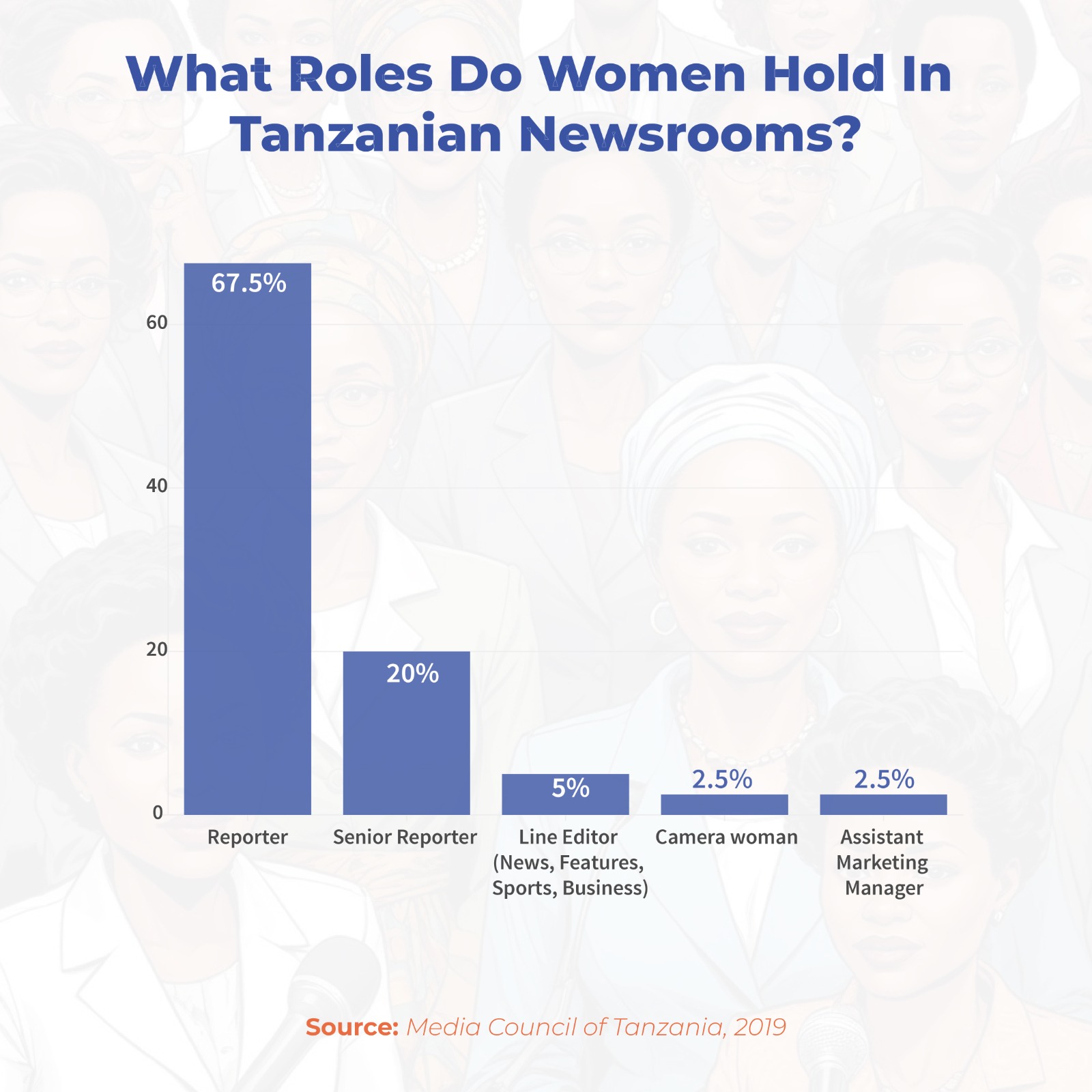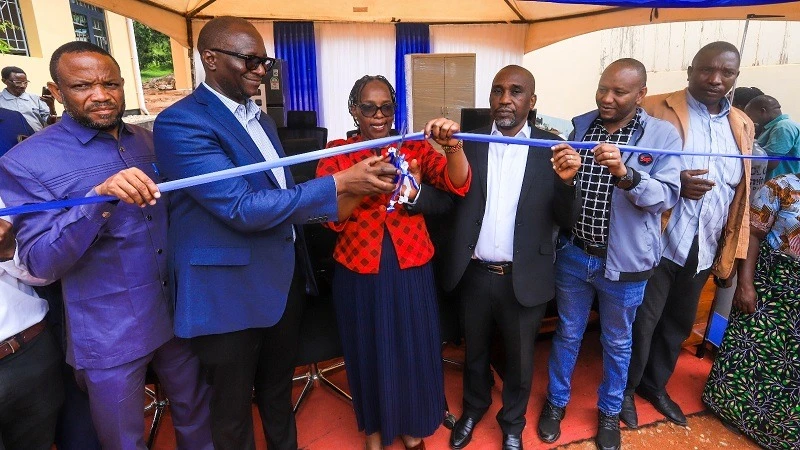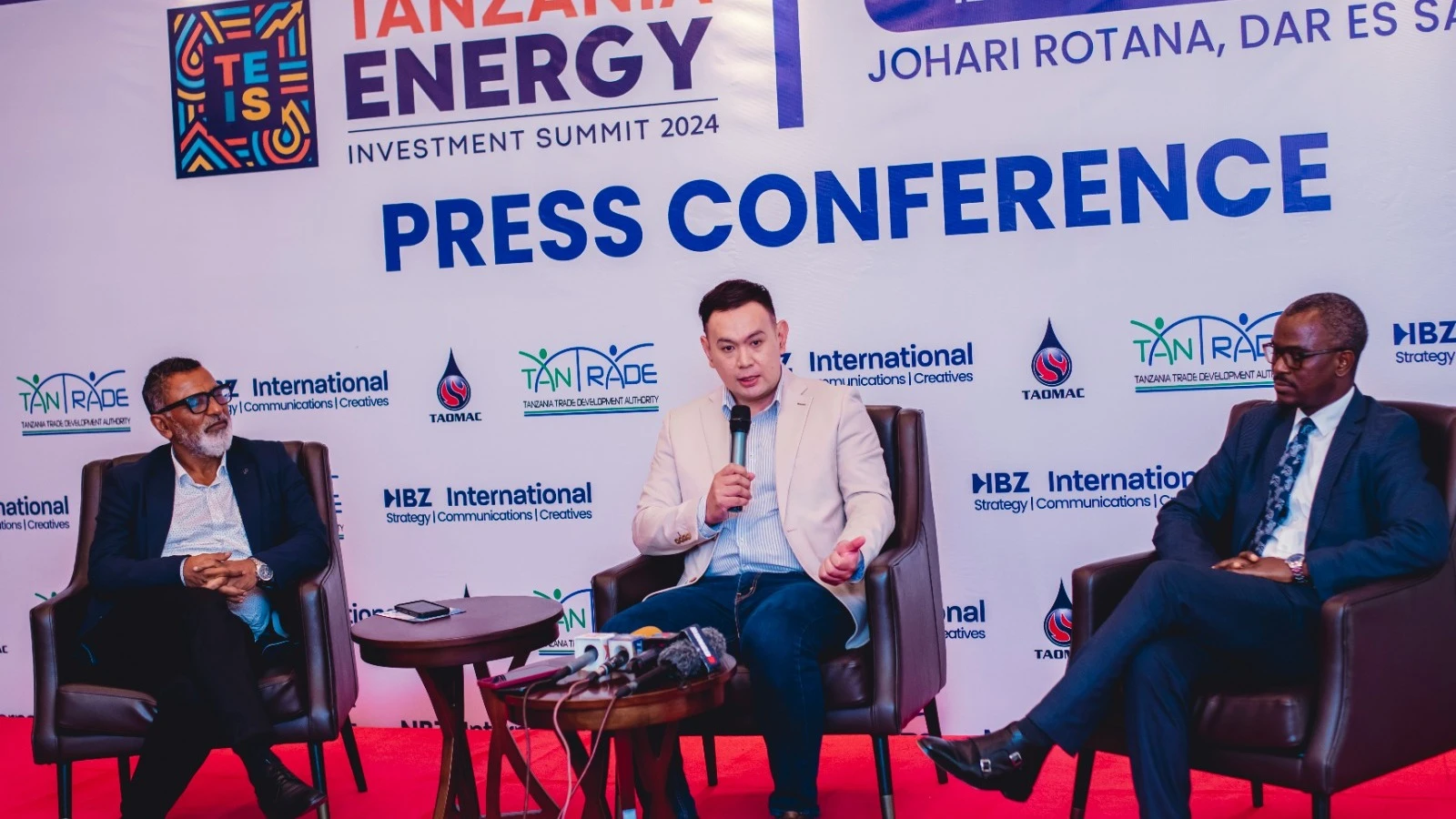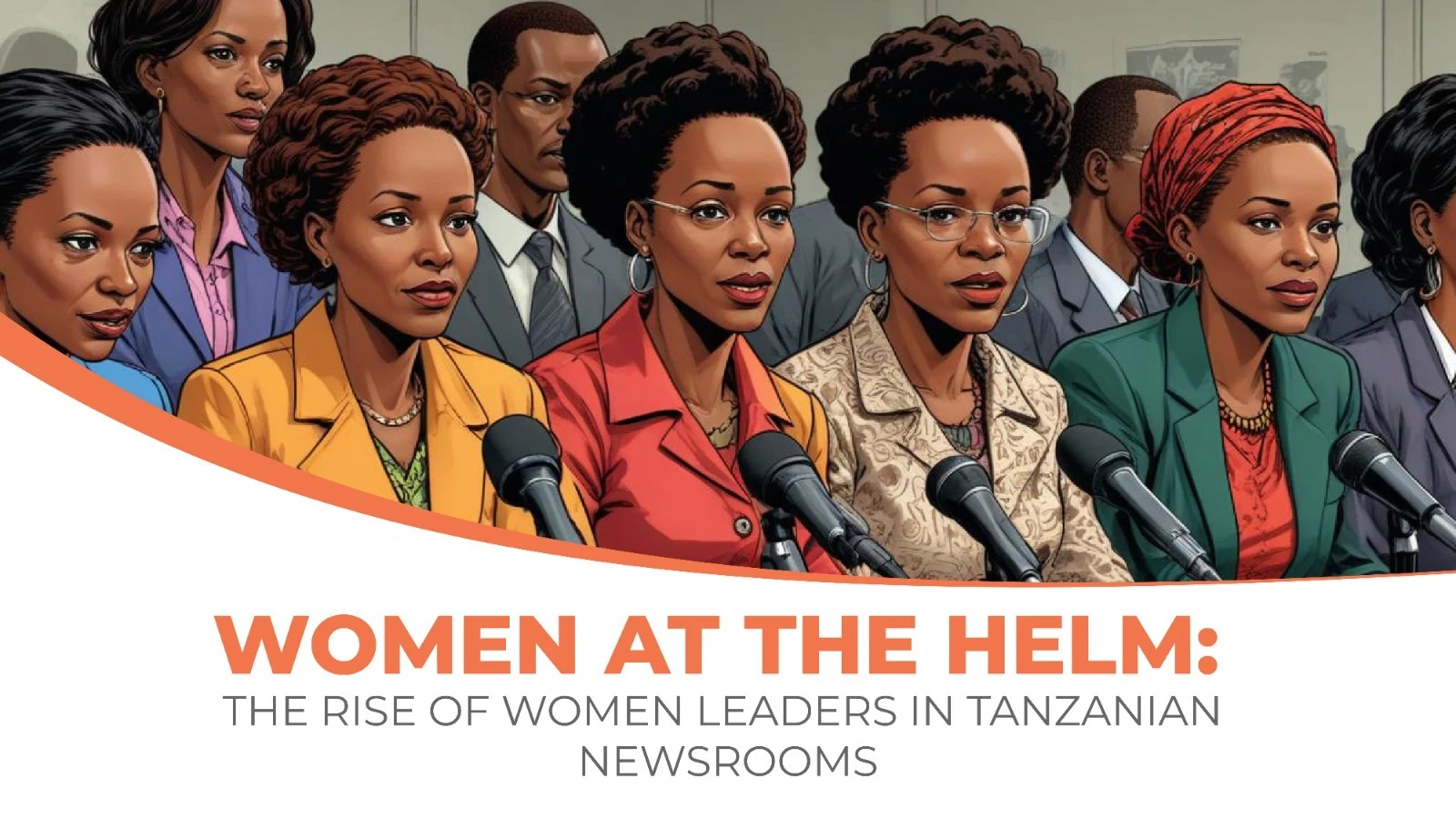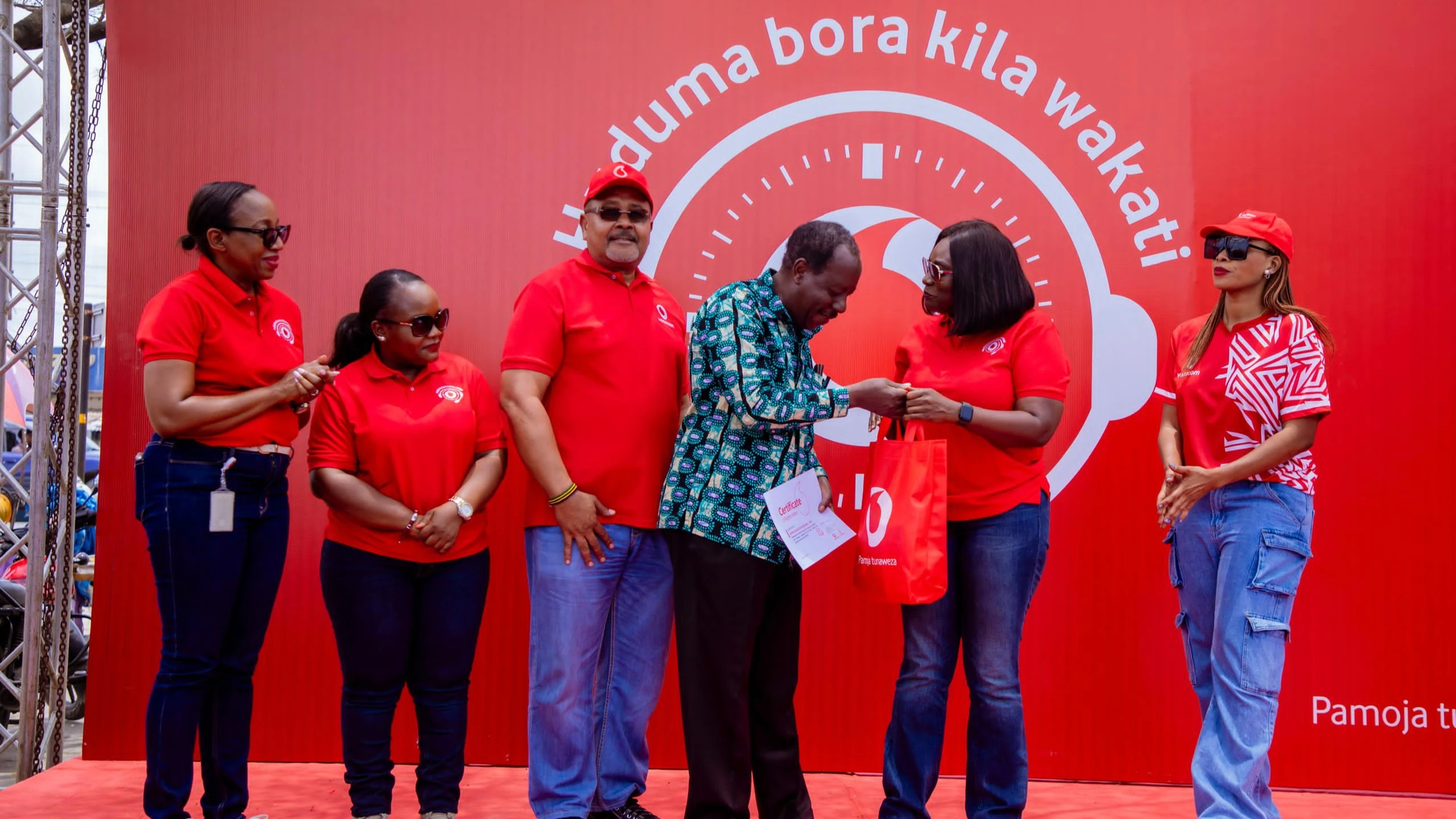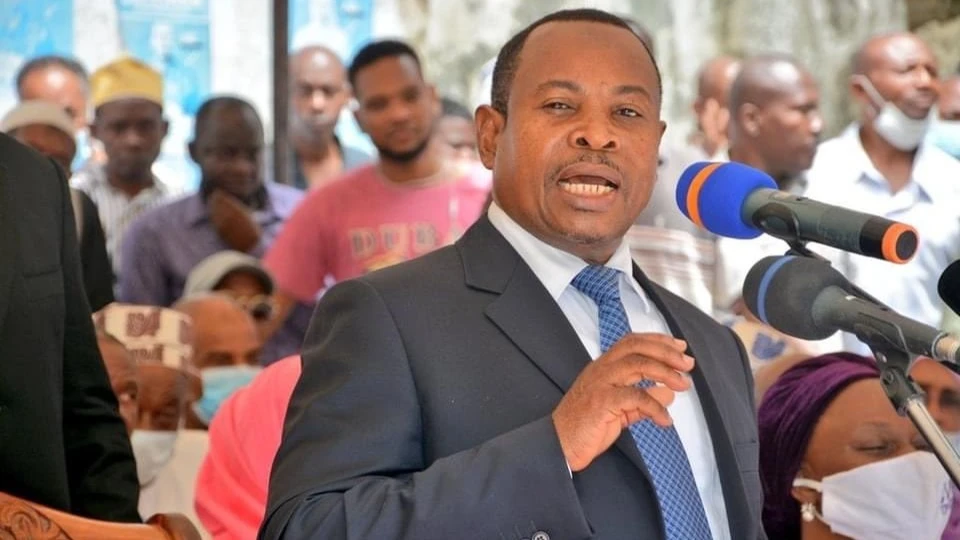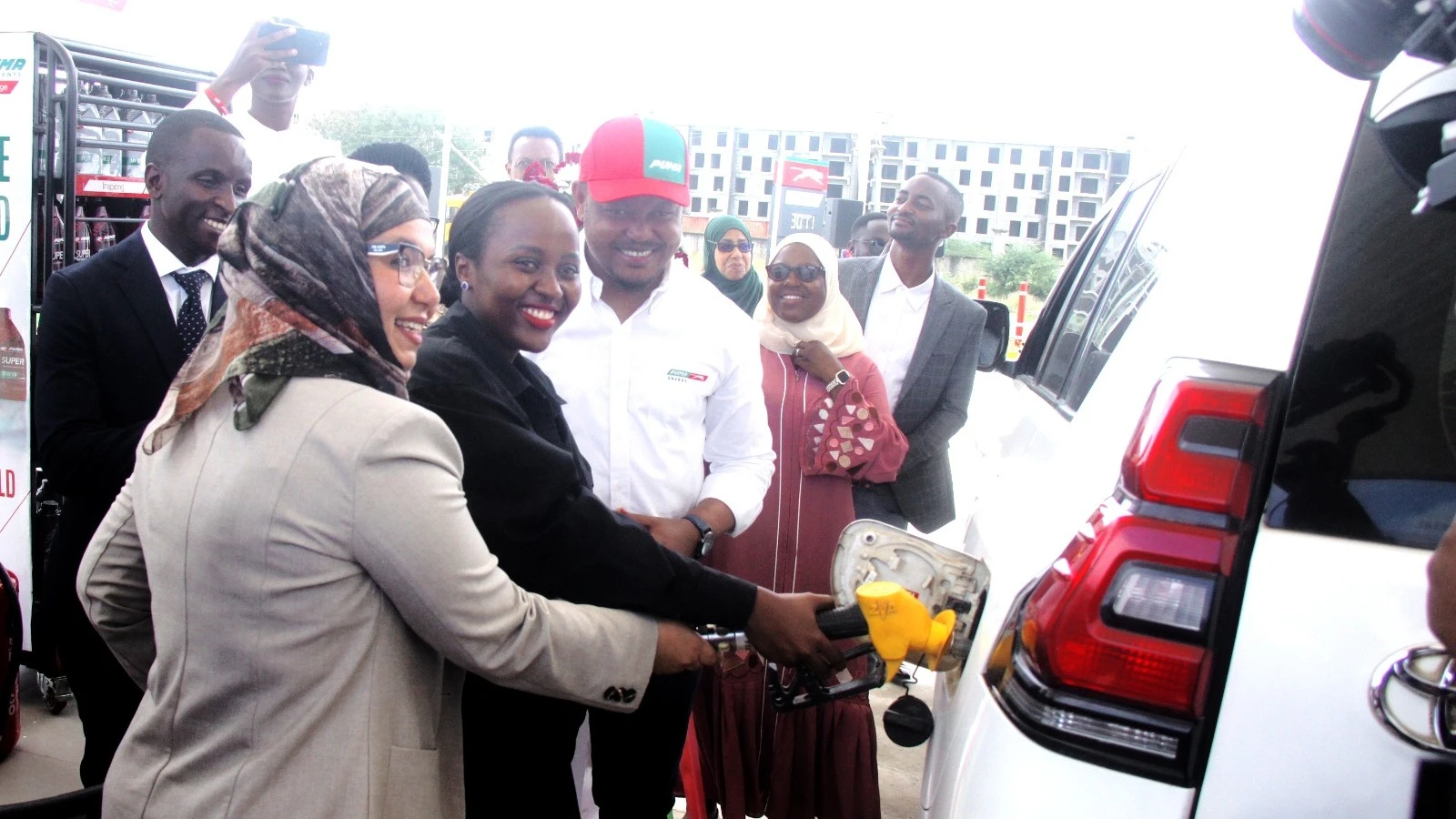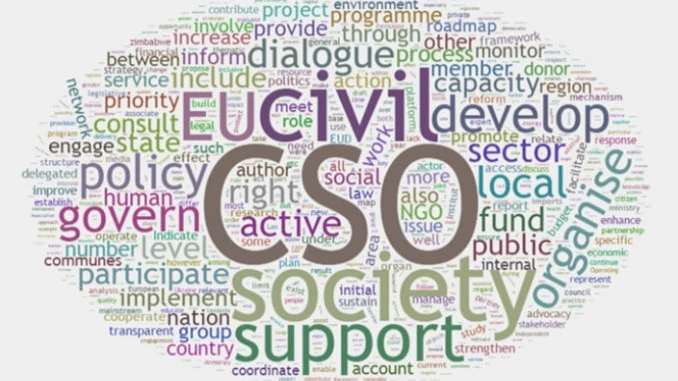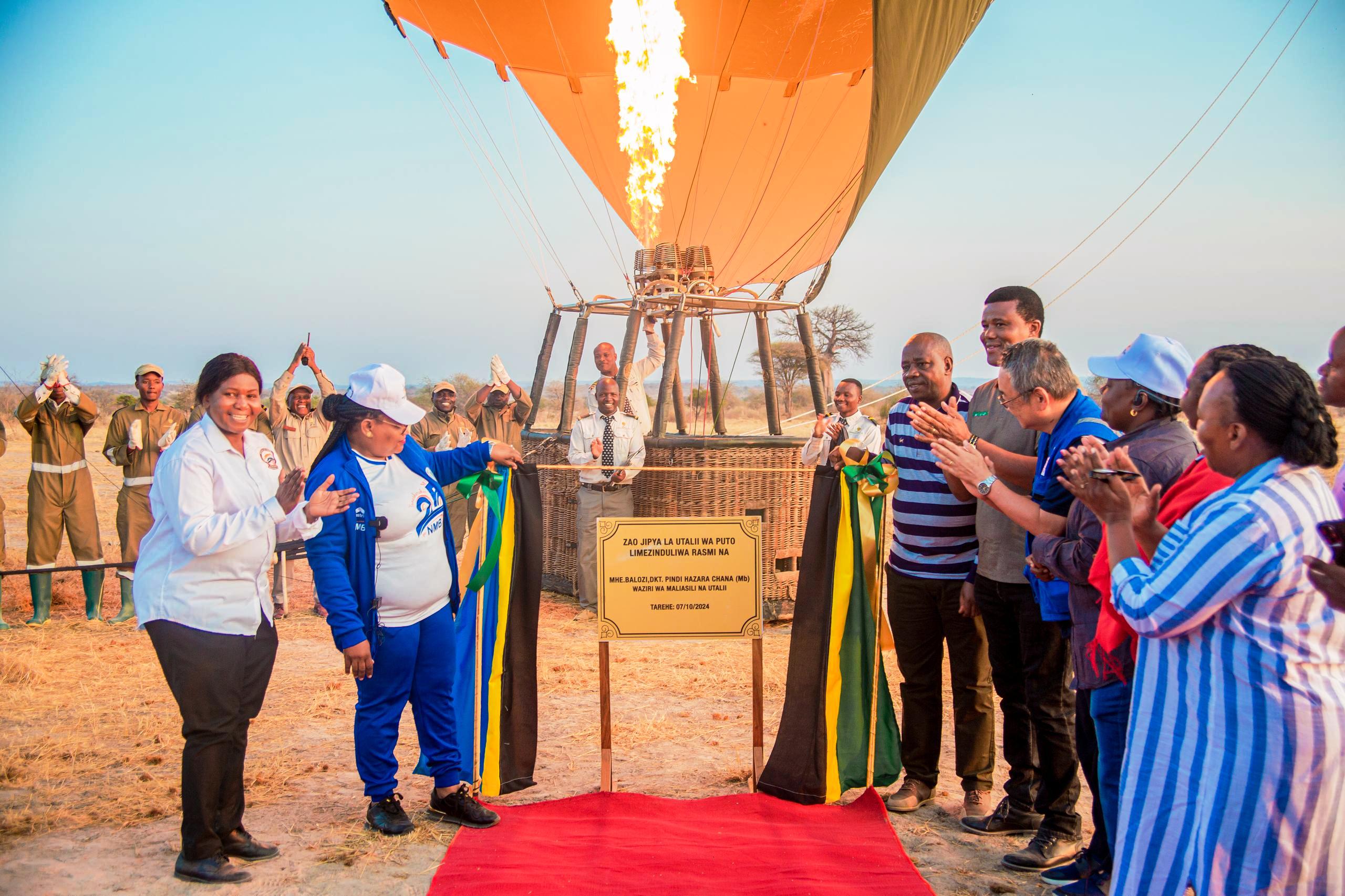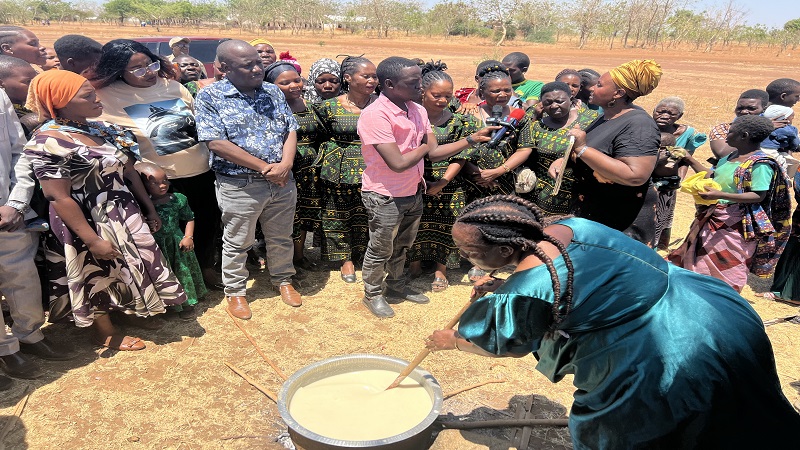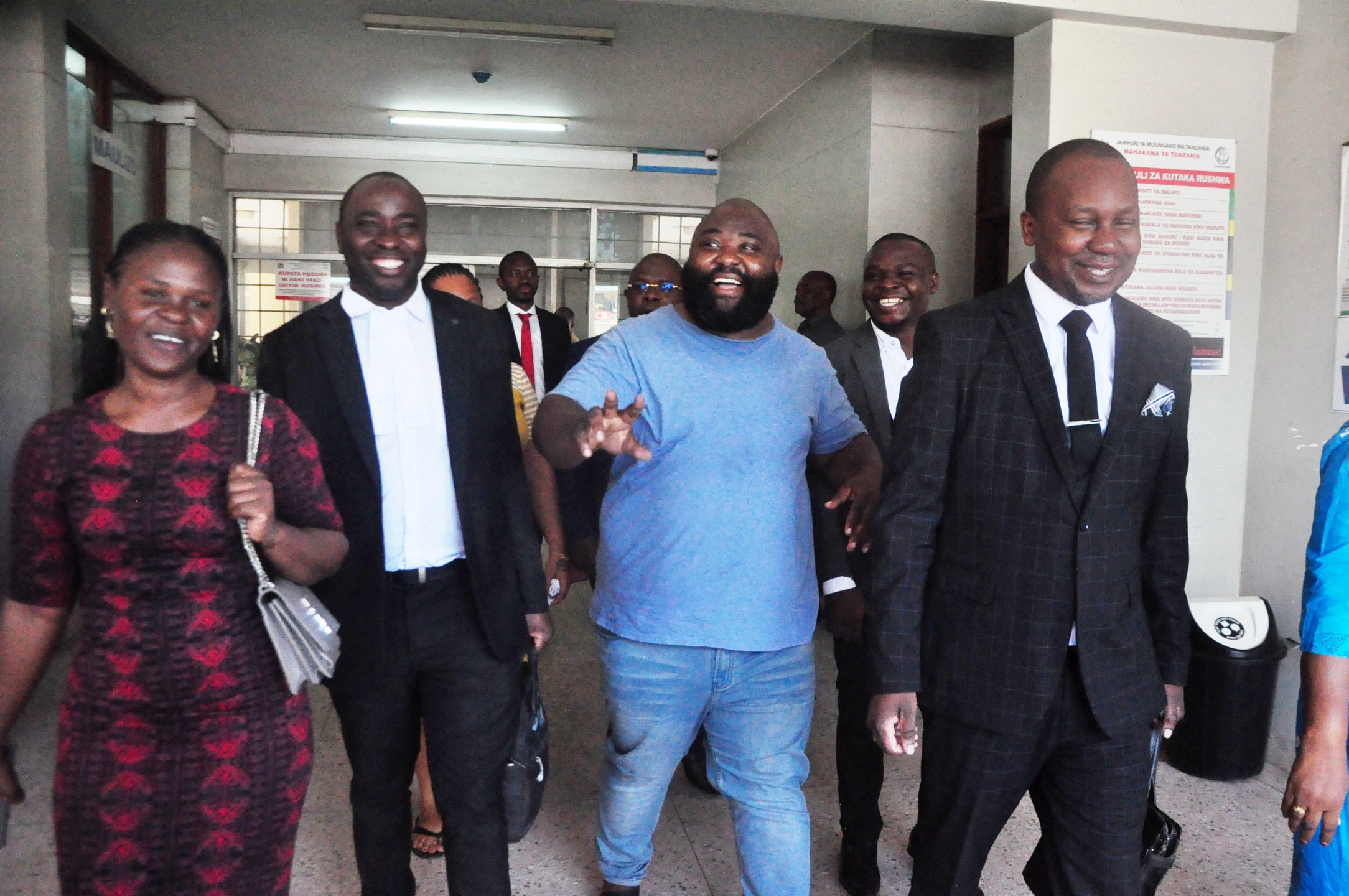How Female Editors Revolutionised Operations in the Media

In the 1980s, the media in Tanzania was predominantly led by men, which significantly impacted the work environment for women and controlled the scope of published content. The media focused on politics, the economy, and sports while poorly incorporating voices from various groups, including women. Social issues, women's rights, and human rights were not a priority.
In response, various institutions advocating for women's rights, including the Tanzania Media Women’s Association (TAMWA), initiated movements to ensure women secured leadership positions.
A study conducted in 2019 by the Media Council of Tanzania (MCT) showed that in Tanzania, women occupied 21% of top leadership positions and 20% of middle management roles.
Veteran journalist and founder of TAMWA, Pili Mtambalike, recounts that during her career in the 1980s, there were very few women in newspapers, a challenge that started from academic institutions. During her time at the Tanzania School of Journalism (TSJ), there were only five women out of a class of 30 students. After graduating and starting work at a media house called Chihata, in Dar es Salaam, out of 40 journalists, fewer than 10 were women.
In the newsroom, women had to work ten times harder than men to be assigned tasks according to their capabilities. Otherwise, they would be assigned tasks such as receiving calls and taking stories from regional journalists.
While women had to demonstrate their skills and expertise repeatedly, through thorough research and high-quality work, their male counterparts were given the benefit of the doubt. Women needed to pitch multiple stories while their male counterparts had their pitches accepted more easily. To prove their dedication, women were expected to take on additional roles and responsibilities such as mentoring junior staff, or handling administrative tasks. They were held to higher standards and expected to produce error-free work with more detailed fact-checking and source verification to gain the same recognition as their male colleagues.
Women also often had to navigate and address emotionally draining workplace harassment and discrimination while maintaining their professional performance to be taken seriously for assignments. It was not uncommon for editors to demand personal favours from women journalists in exchange for journalistic assignments.
This resulted in a few stories covering women's issues, children, and special groups, pushing Pili to establish TAMWA to widen the scope of writing these stories by educating male journalists and editors. Since then, TAMWA has been working hard to provide training to journalists – both women and men – to fight patriarchal systems and improve the participation of women in media leadership.
"We strive to create a conducive working environment for all journalists to ensure women have the same opportunities as men in reaching higher positions. We equip them with strategies to fight patriarchal systems and secure top leadership positions, including offering educational development loans to remove barriers to reaching these positions. Now we see women leaders in those roles,” says Pili.
The efforts have paid off as seen in a recent Media Council of Tanzania Report named State of Media in Tanzania 2022/2023, which shows an increase in women journalists in decision-making positions.
The tide turned in the 2010s when female journalists began vying for top leadership positions in the media. Those who succeeded brought about positive changes, including equality in task assignments and inclusive content. While their leadership journey was marked by highs and lows, they demonstrated unwavering courage and determination to achieve their dreams, ultimately driving significant operational changes.
For example, when the Executive Editor of Nipashe Newspaper, Beatrice Bandawe started her journalism career in 1989, assignments were still biased in favour of men. She dealt with this by going out into the field to find stories instead of waiting to be assigned.
Beatrice ensured that the stories she wrote were of higher quality than even those assigned by editors. This earned her a good reputation and she started getting assignments that would usually be given to men. With time, she was given the responsibility of reviewing other reporters’ stories, leading to her promotion to news editor in 2008. In 2018, she became the editor of the regional news section.
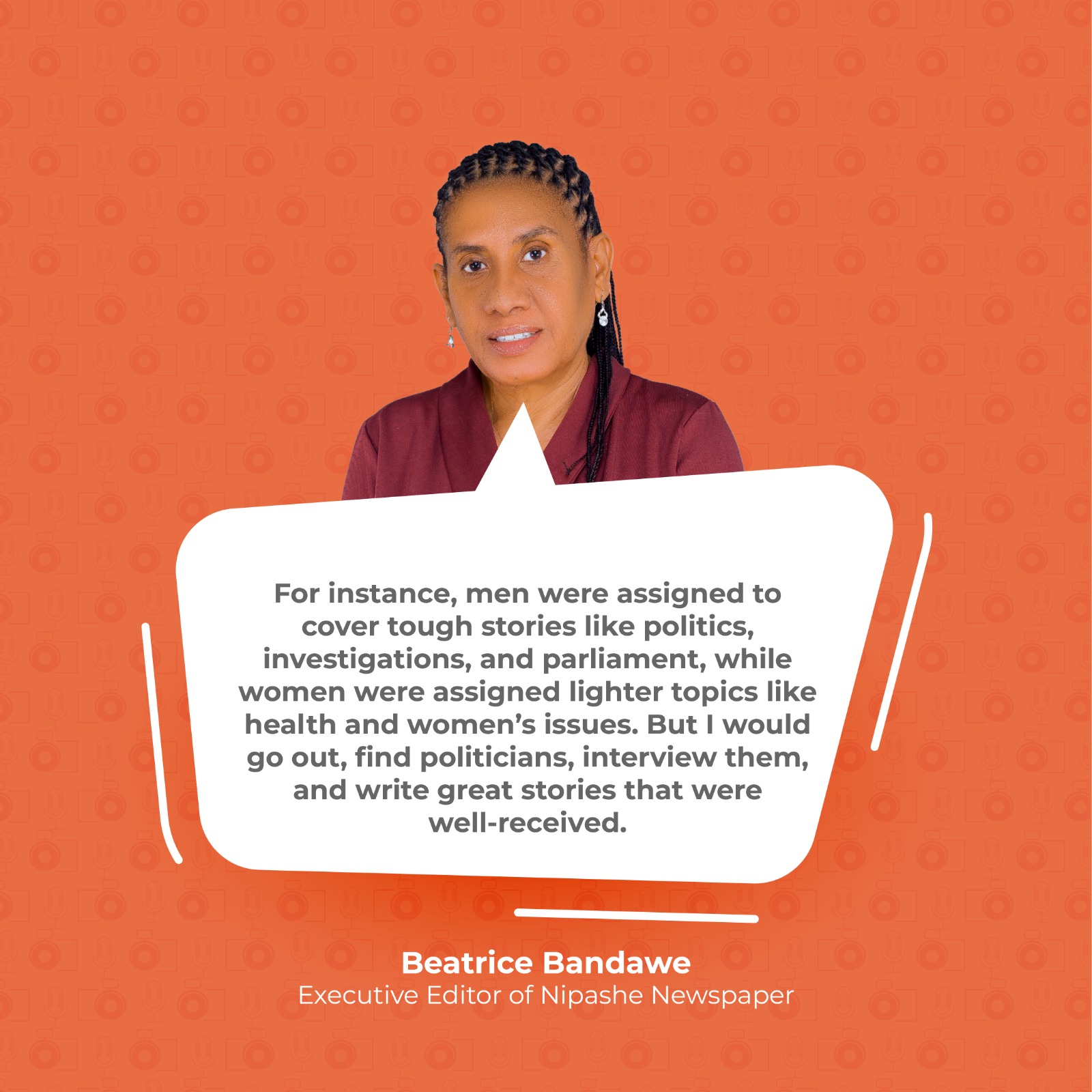
Upon being promoted, she faced disdain from the writers she managed, but she stood firm until they accepted her position. Beatrice took courses to improve her efficiency, including a leadership course offered by Women in News, which greatly boosted her work performance and confidence.
In 2018, Beatrice was appointed executive editor. At that time, media outlets didn’t have the freedom to publish investigative stories, especially about the government.
“When I received the letter appointing me as the executive editor, I asked myself if I could handle the position. There are some positions you get and celebrate, but I wasn’t happy because I knew I was in a tough spot and could lose my job at any moment if I wasn’t careful.”
Moreover, while some celebrated her promotion, others said she didn’t deserve it.
“But I thought, those who believed they deserved this position more than I did, why didn’t they get it? Why me? That’s when I realised I was there because I deserved it, so I could do it, and I ignored their comments and carried out my duties as required,” she says.
Chief Editor of Clouds Media Group Joyce Shebe, who assumed the position in November 2010, after demonstrating great ability and diligence in her duties, including journalism and news editing, faced similar challenges. Some of her colleagues, especially men in the male-dominated newsroom – some of whom had been her bosses – refused to accept her leadership.
She dealt with this by taking action against anyone who failed to complete the tasks she assigned and by seeking the intervention of higher authorities.
"I increased my knowledge by attending writing and leadership training to enhance my profession and become better, and also to differentiate myself from others. This helped me get to where I am. Learning is part of my life," she says.
Joyce, who is also the Chairperson of the Tanzania Media Women's Association (TAMWA), says the challenges helped her grow and build the courage to pursue various leadership positions in the industry, including a board membership in the Tanzania Media Forum, where she successfully competed against many men for the position.
Jennifer Sumi, Senior Editor of Online Content at Azam Media, was also belittled by her subordinates, who said they could not be assigned tasks by a woman. She responded with wisdom and friendship until they accepted her as their leader and had no choice but to acknowledge her.
Changes they implemented
Women in media leadership brought positive changes to newsrooms. Beatrice sought to create a better working environment, increase the newspaper’s efficiency and ensure that stories reflected the views of marginalised groups rather than solely a male perspective.
“We set strategies to ensure the voices of different groups like women, the elderly, youth, and people with disabilities are heard so that their problems can be addressed,” she says.
Beatrice also eliminated hierarchies, dispelling the notion that some employees were superior simply because they covered parliament, elections and State House events. She directed that everyone get a chance to cover parliament, and those without experience be mentored to gain the capacity.
“Initially, some tasks were seen as suitable for women and others for men, but under my leadership, everyone is equal and the distribution of tasks is done fairly,” she said.
She wishes to see more women holding leadership positions in media houses and advises women to continue working hard, further their education, and aspire to grow professionally rather than stay in one place for a long time.
Joyce Shebe, who took the position of Chief Editor of Clouds Media Group in November 2010, also levelled the playing field. Back then, photography, sound mixing and video assignments were seen as men’s tasks, while women focused on broadcasting and writing. She did away with the gender-based assignment of tasks. Instead, assignments were based on ability and diligence, improving the efficiency of the media house.
"I encouraged journalists to learn how to take photos, record videos, and mix sounds to reduce dependency and increase efficiency because I believed everyone could do it, regardless of gender," she says.
Joyce also developed a gender policy in collaboration with TAMWA, helping to eliminate gender-based harassment.
Jennifer Summi’s diligence and integrity helped shift perceptions about women’s leadership abilities. Her influence is evident in the fact that more women are now drawn to writing for online publications and excelling in the online content department.
She prides herself on the transformation of the digital department over her seven years at the helm, making the media house one of the most followed and trusted on social media for broadcasting content. To keep the audience engaged she ensured that the team was posting accurate and visually appealing content with high-quality images, videos and graphics. She also developed a regular posting schedule.
"I have attended many courses on online content and digital matters, fake news, making online videos, and more. I continue with training to this day. Through learning, I have significantly changed my work," she says.
Her leadership has inspired women journalists in her office and beyond, demonstrating that a determined woman can bring significant changes to any position.
The impact of women in media leadership is felt by journalists like independent journalist Beatrice Shayo, who says that seeing female leaders in the media gave her the confidence to believe that nothing is impossible if one has the qualifications and ability to execute. As a result, she returned to school to improve her efficiency and to remove barriers that could hinder her when vying for leadership positions, including that of Executive Editor, which is part of her dreams.
Sophia Kessy of Clouds Media says her boss Joyce has inspired her to advance her education, seize opportunities for growth with confidence and vie for leadership without fear. She says that Joyce has inspired her to believe that if she works hard, she will one day become a leader in the newsroom, something she never thought a woman could do.
Joseph Damas, Managing Editor of Mwananchi Newspaper, says women in media leadership have demonstrated capability in executing their duties. He gives an example of his department, which has two female leaders and one male leader, and states that the women were appointed because they are diligent and showed a readiness to learn new things.
"There are women in this company who have shown a desire for professional growth, and they now manage newsletters while others work as heads of sections. We believe that if one works hard and shows capability, nothing can hinder their growth, regardless of gender," he says.
This article was produced as part of the Aftershocks Data Fellowship (22-23) with support from the Africa Women’s Journalism Project (AWJP) in partnership with The ONE Campaign and the International Center for Journalists (ICFJ).
Top Headlines
© 2024 IPPMEDIA.COM. ALL RIGHTS RESERVED


